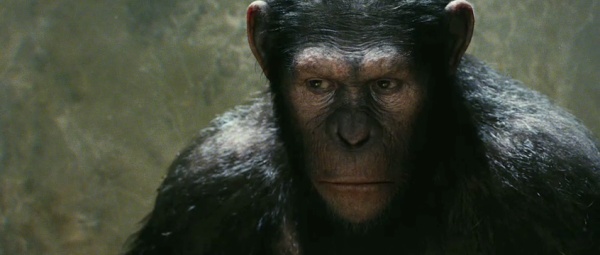2011 // USA // Nicolas Winding Refn // September 22, 2011 // Theatrical Print (St. Louis Cinemas Chase Park Cinema)
In another reality, where Ryan Gosling was not available to assume the role of the nameless Driver in Nicolas Winding Refn’s peculiar, vitalizing new film, another young male actor could theoretically have done so without difficulty. However, Gosling’s physical presence—lean and boyish, casually self-possessed, and just a little bit crazy at the acute margins—is so essential to the effect of Drive that one can scarcely picture what such an alternate iteration of the film would look like.
This is not to say that the Driver is a demanding role, or that Gosling’s performance is some kind of actorly feat for the ages. There's just not enough texture to work with. In adapting James Sallis’ 2005 novel of the same name, director Refn and scripter Hossein Amini maintain a cool distance from their wheelman antihero, who carefully considers the world around him and speaks in short, clipped sentences. (The only exception being a terms-of-service speech he recites to his prospective clients, a monologue that self-evidently draws from a Hollywood bad-ass archetype that Drive itself embraces and critiques.) We never learn much about him or where he comes from, and the film’s rare glipses into his inner landscape have a stark simplicity that precludes a deeper interrogation of character. The Driver is a cipher, and Drive therefore cannot be properly regarded as a character study. It is, rather, a slick and invigorating noir piece.
For me, the film recalls Thief in its generic trappings and style, especially its smudgy vision of the nocturnal cityscape and the spectacular, synth-heavy score by Cliff Martinez. Moreover, Drive is preoccupied with masculine codes in a manner that unavoidably echoes any number of Michael Mann’s works. However, Refn embraces a dreamier, more unreal tone than Mann, and also a more brutal approach to violence that positions it pointedly alongside shimmering romanticism.
Refn opens the film with a nocturnal warehouse burglary and subsequent getaway, a dazzling sequence that reveals the Driver’s breathtaking talent behind the wheel and his unwavering dedication to a clear set of rules. (One of the little touches that hooked me into the film right away was the silence of the burglars, who simply ride along in mute terror, holding their breath at the approach of every squad car and helicopter. A different, less intriguing film would have placed a couple of wearisome mooks in the back seat to spout fearful exclamations with every cut.) Consistent with genre conventions, the Driver’s commitment to his rules is swiftly complicated by an emerging friendship with Irene (Carey Mulligan), the Pretty Thing down the hall who has a sweet little boy and a husband in prison. Meanwhile, the Driver’s restless mentor (Bryan Cranston) talks him into a stock car racing enterprise with a pair of backers (Albert Brooks and Ron Perlman) who also happen to be loathsome, remorseless gangsters. Then Irene’s husband makes parole, goons start threatening the family, and the Driver finds himself wedged into a corner facing the proverbial One Last Job.
Drive’s narrative is hardly original stuff, but Refn’s copious visual and aural artistry and his somewhat removed, fable-like approach to that narrative make the film a wellspring of unexpected cinematic pleasures. It is, above all else, a familiar story presented in a very idiosyncratic mode. Viewers who settle in expecting a high-octane action odyssey are bound to be disappointed. Excepting the opening sequence and one other car chase at roughly the halfway point, the film features very little actual driving. It does, however, boast long, pregnant pauses; flat, self-consciously insipid romantic dialog; languid pop music interludes with on-the-nose lyrics; sequences that are little more than generous celebrations of Los Angeles’ ugly splendor; and an abundance of gruesome beatings, knifings, and shootings presented for maximum shock and revulsion.
Underneath these elements throbs a rather harsh appraisal of those aforementioned masculine codes. Gosling’s baby blues and soft-spoken affability charm the viewer, and the professional minimalism of his code suggests a fundamentally Good Man who does Bad Things because he has no other reliable talents. There is a critical moment in the film, however, when the mask drops, and the Driver is revealed to be capable of frightening cruelty. In that moment, the absence of access into the character’s mind becomes a blessing, and there is a modest relief at his inscrutability. No matter how noble his intentions or clinical his pursuit of vengeance, the Driver has been unavoidably tainted by a lifetime of criminality, and no code can protect him. In this light, the front-loading of the film’s most stunning car chase is a cunning stratagem. The life of the Driver is first drenched in nitro-fueled glamour, and then torn down in a flurry of appalling, blood-and-guts violence. It makes for a striking, tragic stripe of genre exercise, and one so aesthetically enthralling that it seems unkind to label it an exercise at all.









